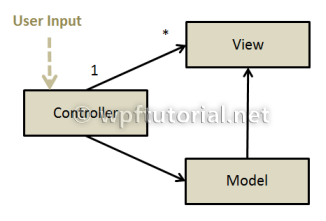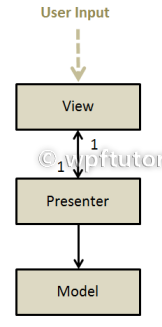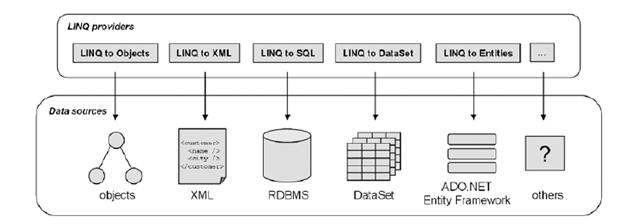When should I use WPF instead of DirectX? (Is DirectX dead?)
DirectX is a low-level interface to the graphics hardware that exposes all of the quirks of
whatever GPU a particular computer has. DirectX can be thought of as assembly language in
the world of graphics: You can do anything the GPU supports.
WPF provides a high-level abstraction that takes a description of your scene and
figures out the best way to render it, given the hardware resources available. Internally, this
might involve using Shader Model 3.0, or the fixed-function pipeline, or software. (Don’t worry if you’re not familiar with these terms, but take it as a sign that you should be using WPF!).
The downside of choosing DirectX over WPF is a potentially astronomical increase in development cost. A large part of this cost is the requirement to test your application on each
driver/GPU combination you intend to support. One of the major benefits of building on top of WPF is that Microsoft has already done this testing for you! You can instead focus your
testing on low-end hardware for measuring performance. The fact that WPF applications can
even leverage the client GPU over Remote Desktop or in a partial-trust environment is also a
compelling differentiator.
You can put Flash-based content on a website with confidence that the overwhelming
majority of visitors already have the necessary player installed. (And if they don’t, it’s a very
quick download.)
WPF applications can also run within a web browser. WPF has the advantage of better development
tools and programming model, a richer feature set, robust control reuse, broad
programming language support, and full access to the underlying platform (when security
permits). But viewing such content requires Windows and the .NET Framework 3.0 (installed
by default on Windows Vista or later).















